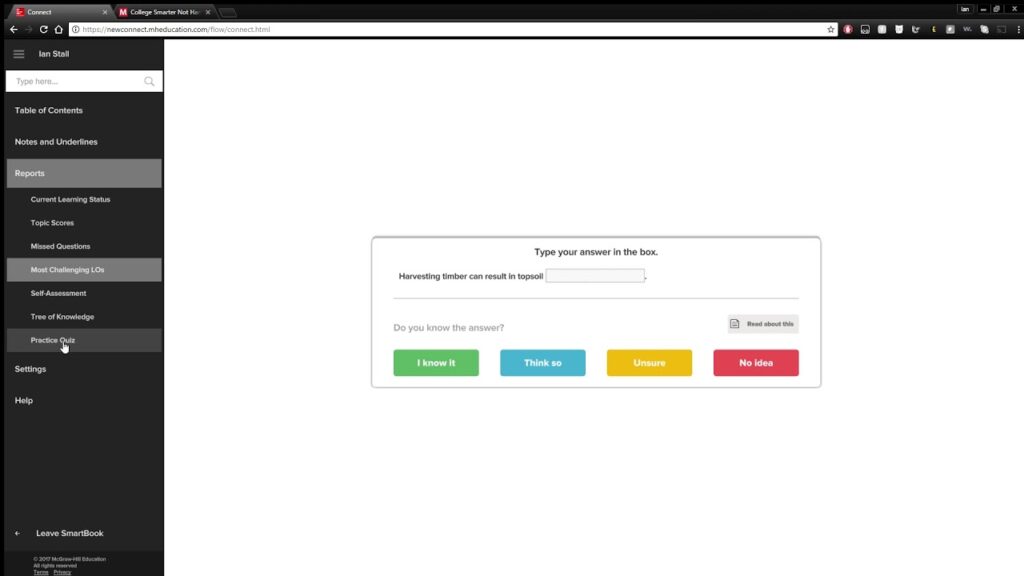For those who have achieved extraordinary success in their respective fields, the EB1A visa is a golden ticket to U.S. permanent residency. However, while eligibility and documentation are crucial, EB1A processing time is one of the most significant concerns for applicants. Understanding the process, potential delays, and strategies for expediting your application can help ease the journey.
Understanding the EB1A Visa
The EB1A visa is an employment-based, first-preference immigrant visa designed for individuals with exceptional abilities in fields such as science, business, education, athletics, or the arts. Unlike many other visa categories, it allows applicants to self-petition, eliminating the need for employer sponsorship.
This visa provides a direct path to a Green Card, making it a highly sought-after option for foreign nationals at the top of their profession. But just how long does it take to get approved? Let’s dive into the specifics of EB1A processing time and what factors influence it.
Breaking Down EB1A Processing Time
The timeline for EB1A visa processing depends on multiple factors, including the service center handling the application, USCIS workload, and whether the applicant opts for premium processing. Here’s a step-by-step breakdown:
1. Filing Form I-140 (Immigrant Petition for Alien Worker)
The first step in the EB1A process is filing Form I-140 with the U.S. Citizenship and Immigration Services (USCIS). This form is the official petition to establish that the applicant meets the extraordinary ability criteria.
- Regular Processing: Typically takes 5.5 to 6.5 months.
- Premium Processing: For an additional fee, USCIS guarantees processing within 15 calendar days.
2. Adjustment of Status (Form I-485) or Consular Processing
Once the I-140 petition is approved, the next step depends on whether the applicant is inside or outside the U.S.
- Adjustment of Status (Form I-485): If the applicant is already in the U.S., they can file Form I-485 to adjust their status to a Green Card holder. This process usually takes 6 to 8 months.
- Consular Processing: If the applicant is outside the U.S., they must undergo consular processing at a U.S. embassy or consulate. This step’s timeline varies by country but generally takes a few months, depending on appointment availability.
3. Biometrics and Background Checks
After filing Form I-485, applicants must attend a biometrics appointment, where USCIS collects fingerprints and a photograph. This usually occurs within 3 to 5 weeks of filing.
4. Work and Travel Authorization (Optional)
Applicants who file Form I-485 can also apply for Employment Authorization (EAD) and Advance Parole (AP), allowing them to work and travel while their Green Card application is pending. These documents typically take 5 to 7 months to process.
5. Green Card Approval and Issuance
Once all steps are completed, USCIS makes a final decision on the Green Card application. If approved, the applicant receives their Green Card within 2 to 4 weeks.
Factors That Impact EB1A Processing Time
Several elements can influence how quickly an EB1A visa is processed. The most common ones include:
- USCIS Service Center Workload: Different service centers have varying processing speeds.
- Requests for Evidence (RFE): If USCIS requires additional documentation, responding to an RFE can add 3 to 6 months to the overall timeline.
- Priority Date Backlogs: If visa numbers are unavailable due to high demand from certain countries, applicants may face delays.
- Government Processing Delays: Factors such as staffing shortages, administrative backlogs, and policy changes can slow down processing.
- Application Errors: Missing information or incorrectly filed documents can lead to delays or denials.
Tips to Expedite Your EB1A Application
If you’re eager to speed up your EB1A processing time, consider the following strategies:
- Opt for Premium Processing: Paying the additional fee ensures a decision on Form I-140 within 15 days.
- Prepare a Strong Application: Submitting thorough, well-documented evidence reduces the likelihood of an RFE.
- Check the Visa Bulletin: If you’re from a high-demand country, staying updated on visa availability helps with planning.
- Work with an Immigration Attorney: A legal expert can help ensure your application is error-free and optimized for approval.
- Monitor Your Case Status: Regularly check your case status online and follow up with USCIS if needed.
Common Delays and How to Avoid Them
Delays in EB1A processing time can be frustrating, but many can be prevented:
- Incomplete Documentation: Ensure all required evidence is provided upfront.
- RFEs: Minimize the risk of an RFE by clearly demonstrating eligibility.
- USCIS Backlogs: Choosing a service center with shorter processing times may help.
- Security and Background Checks: If you’ve had previous visa denials, expect additional scrutiny.
Final Thoughts on EB1A Processing Time
For highly skilled professionals, the EB1A visa is an attractive route to U.S. permanent residency. However, the EB1A processing time can vary based on multiple factors, making it essential to plan accordingly. By understanding the timelines, preparing a strong petition, and utilizing premium processing when necessary, applicants can minimize delays and enhance their chances of a smooth and successful immigration journey.
If you’re considering applying for an EB1A visa, staying informed about processing times and working with an experienced immigration attorney can make all the difference. With the right approach, you’ll be one step closer to achieving your American dream.






